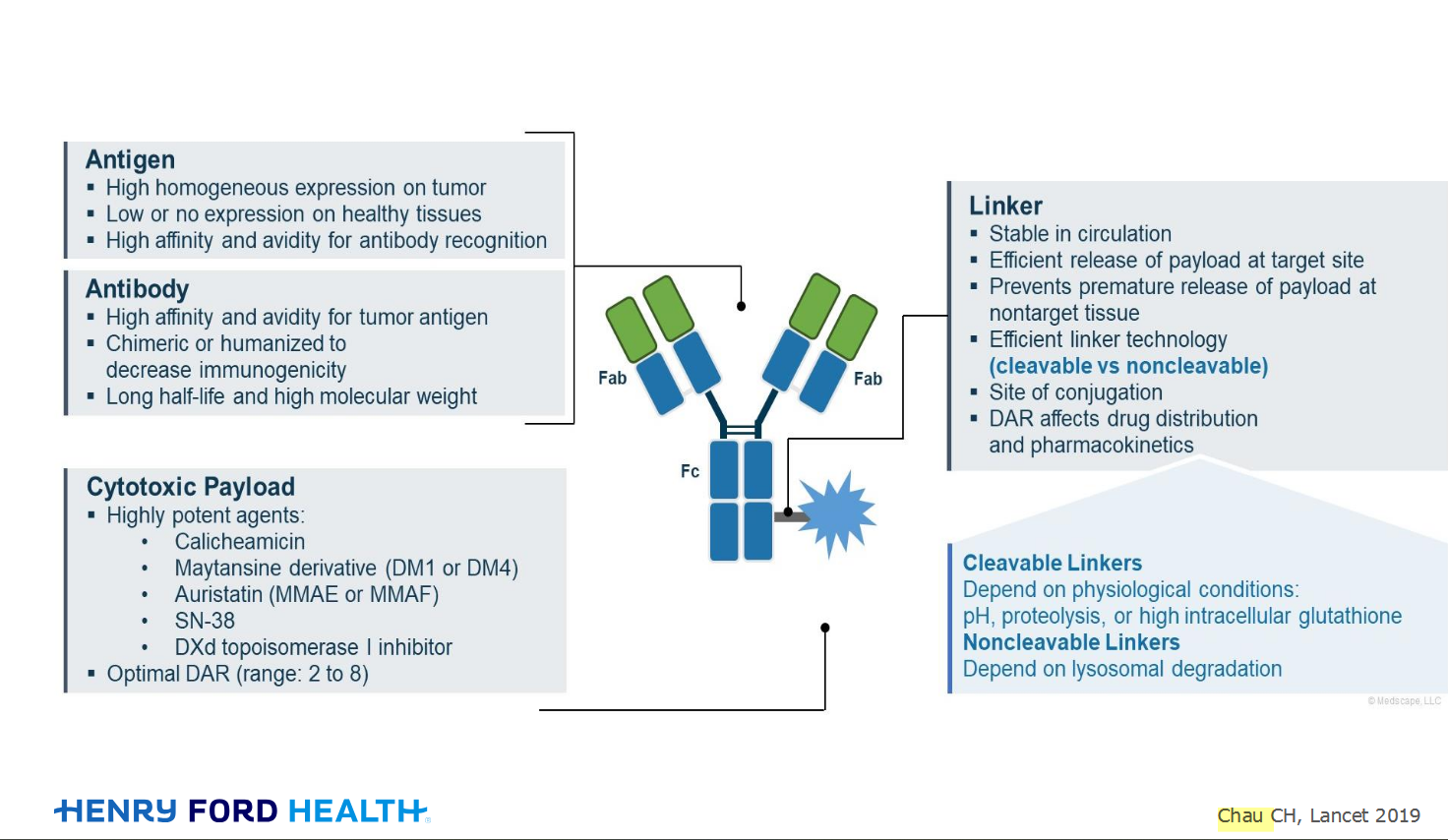Welcome!
Welcome to the new CancerGRACE.org! Explore our fresh look and improved features—take a quick tour to see what’s new.
One of the central ideas in management of advanced NSCLC is that many two-drug chemo combinations have been compared and show essentially superimposable results, as I described in a prior post.
Perhaps we're underachieving by using a "one size fits all" approach, getting everyone to a middle ground that falls short of what we might do if we could pick the right drugs for each patient.
Among the studies at ASCO 2007 that generated considerable interest was the Molecular Analysis Directed Individualized Therapy in Advanced Lung Cancer (MADeIT) study by George Simon, Gerald Bepler and colleagues from Moffitt Cancer Center in Tampa, FL (abstract here). This study tested the feasibility of individualizing doublet chemotherapy as first-line treatment for patients with advanced NSCLC. They did this by using a rather labor-intensive method of studying tumor cells with laser-capture microdissection (using a laser to remove areas of cancer from slides of biopsy tissue). Tumor cells are then tested for their level of expression (using a rather complex technique known as real-time quantitative reverse transcriptase polymerase chain reaction (RT-PCR) -- don't worry, it's not important to the story) of a couple of proteins that appear to play a key role in predicting the degree of sensitivity vs. resistance to certain chemotherapy drugs. One of these, excision repair cross complementing-1 (ERCC-1), helps repair DNA damage such as that induced by drugs like cisplatin. So if the ERCC-1 level is high, it suggests that these cells will be resistant to platinum drugs (cisplatin, carboplatin being the common ones used in lung cancer); if low ERCC-1, the cancer cells should be more sensitive to these drugs. Another protein, ribonucleotide reductase subunit-M1 (RRM-1), is very important in the metabolism of nucleotides, the building blocks of DNA. If levels of RRM-1 are high, some studies show that those tumor cells will be resistant to gemcitabine (and sensitive if the levels are low).
Based on the results of these two molecular determinants, patients were treated with any of four doublet chemotherapy options that were hypothesized to optimize for sensitivity to their NSCLC tumor, as shown here:
Of 60 patients enrolled and 55 with tumors analyzed, 53 were ultimately treated, with a response rate of 44%, one year survival of 59%, and a very encouraging two-year survival of 37%. These results all far exceed historical controls. The investigators also saw that it wasn't that one or two groups did far better than others, but rather that all of the groups had similar survival outcomes:
While these results are very encouraging, the trial was still pretty small and done in just one center, so it's hard to draw conclusions yet that this is the key to markedly better outcomes with standard chemo. It also requires a fairly labor-intensive pre-treatment analysis of the tumor cells to determine the "optimal" chemo regimen for each patient. However, it's exciting to think that we might be able to use the tools we already have but do better for more patients by tailoring the right drugs for a particular lung tumor.
The next step is a planned phase III trial in which patients are randomized between individualized chemotherapy selections for half the patients, and the other patients getting a standard chemo regimen (carboplatin/gemcitabine). Similar tailored treatment trials are also being developed in settings like adjuvant chemotherapy for early stage NSCLC.
I genuinely believe we'll continue to make incremental improvements in our treatment outcomes for lung cancer over several years to come. Some of that will come from new treatments, but much can also come from getting the most out of the drugs we already have now.
Please feel free to offer comments and raise questions in our
discussion forums.
Hi app.92, Welcome to Grace. I'm sorry this is late getting to you. And more sorry your mum is going through this. It's possible this isn't a pancoast tumor even though...
A Brief Tornado. I love the analogy Dr. Antonoff gave us to describe her presentation. I felt it earlier too and am looking forward to going back for deeper dive.
Dr. Singhi's reprise on appropriate treatment, "Right patient, right time, right team".
While Dr. Ryckman described radiation oncology as "the perfect blend of nerd skills and empathy".
I hope any...
My understanding of ADCs is very basic. I plan to study Dr. Rous’ discussion to broaden that understanding.

Here's the webinar on YouTube. It begins with the agenda. Note the link is a playlist, which will be populated with shorts from the webinar on specific topics
An antibody–drug conjugate (ADC) works a bit like a Trojan horse. It has three main components:

Welcome to the new CancerGRACE.org! Explore our fresh look and improved features—take a quick tour to see what’s new.